We have been collecting and studying these beautiful purple pouch fungi over the last few years, and our paper just out describing a whole lot of new species is available here: https://www.tandfonline.com/doi/full/10.1080/00275514.2020.1730120.">https://www.tandfonline.com/doi/full/... I thought I& #39;d share some of the species in this thread ...
but first, this work was done by @andyrnilsen, @SummerfieldTina and me from @botanyotago, @chris_21812 from @OtagoBiochemist, @Cecilia06538135 from @microtago, Geoff Ridley and Jerry Cooper from @mwlr_nz, Karl Soop and Michael Wallace.
In NZ we have a lot of truffle-like fungi. They aren& #39;t real truffles, but like truffles they keep their spores enclosed in the fruit body. Sometimes they are underground, but NZ has a lot that are colourful and that pop up above the ground, like this Cortinarius beeverorum.
It& #39;s thought that NZ truffle-like or pouch fungi evolved to attract grazing birds, which would aid in the dispersal of these fungi—this is an idea that the late Ross Beever suggested back in the & #39;90s. You can find out about him here: https://www.royalsociety.org.nz/who-we-are/our-people/our-fellows/obituaries/fellows-obituaries/ross-ewen-beever/">https://www.royalsociety.org.nz/who-we-ar...
Anyway back to the purple pouch fungi! Most of us have been calling the purple pouch fungus by the Latin name Cortinarius porphyroideus. We sequenced the DNA of the original type collection of that species and found it was genetically different to most of the other collections!
In fact, "real" Cortinarius porphyroideus is only known from a handful of collections from East Harbour Regional Park near Wellington, NZ. We sent our trusty collaborator Geoff Ridley to try to find it again, and lo and behold he did—this is it:
We established that it& #39;s closest relative is this mushroom, called Cortinarius atropileatus. It really reinforces the amazing convergent evolution that has happened with these purple pouch species—none of them are each other& #39;s closest relative.
So, what do we call the common purple pouch fungus, that grows from East Cape down to Invercargill? Back in the 1970s, Professor Horak described this purple-brown species Cortinarius violaceovolvatus, which turned out to be genetically +/- identical to the common purple species.
Since we couldn& #39;t separate the common purple and brown ones genetically, we opted to name the purple one as a variety of Cortinarius violaceovolvatus, so it became Cortinarius violaceovolvatus var. viola. Yep, it& #39;s a mouthful.
But wait, there& #39;s more! This new species called Cortinarius purpureocapitatus has unusually smooth spores (Cortinarius hardly ever have smooth spores!) and it is mostly confined to the South Island, just sneaking up into the bottom of the North Island.
and this lumpy looking thing is Cortinarius violaceocystidiatus. It has unusual violet cystidia (microscopic cells in amongst the spores). It is pretty rare—only found around Takaka Hill and Golden Bay In the northern South Island.
This species is Cortinarius diaphorus. This was a name coined by our collaborator Karl Soop, and is only known from NW Nelson and the West Coast.
and for a break from purple, here is first author @andyrnilsen (in red) and David Lyttle on the beautiful Lake Christabel Track in Victoria Forest Park, where we collected Cortinarius diaphorus.
This new species had unusually small spores—smaller than all the other purple pouch species, so we called it Cortinarius minorisporus, known from the lower North Island and a few spots in the South Island.
There is the purple Cortinarius coneae, which is associated with tea-tree (all the others grow in beech forest). It tends to be more or less mushroom like—it has gills but the cap doesn& #39;t really open properly. Here is a photo from our collaborator Jerry Cooper.
We were pretty blown away with how many different, unrelated species of purple pouch fungus there are here in NZ. They are not that easy to tell apart in the field, but not so bad with the aid of a microscope, and hopefully it will get easier with experience.
We (me, @SummerfieldTina, @chris_21812 and @FungiDownUnder) are lucky to have a @MarsdenFund grant to study the genetic mechanisms behind the transformation from mushroom to pouch fungus. I scored an embarrassing photo in the paper for that https://www.odt.co.nz/news/dunedin/grant-boost-universitys-fungi-research">https://www.odt.co.nz/news/dune...
Covid-19 permitting, we are looking for a PhD student to work on the Marsden, and you can find out more here: https://www.findaphd.com/phds/project/mushrooms-and-truffles-why-are-they-different/?p117267">https://www.findaphd.com/phds/proj...
and finally, you can listen to us talking about the genetic work to @AlisonBallance on @radionz a while back here: https://www.rnz.co.nz/national/programmes/ourchangingworld/audio/201792334/truffle-like-fungi-what-their-genes-can-tell-us">https://www.rnz.co.nz/national/...
Thank you for reading! https://abs.twimg.com/emoji/v2/... draggable="false" alt="❤️" title="Red heart" aria-label="Emoji: Red heart">
https://abs.twimg.com/emoji/v2/... draggable="false" alt="❤️" title="Red heart" aria-label="Emoji: Red heart"> https://abs.twimg.com/emoji/v2/... draggable="false" alt="🍄" title="Mushroom" aria-label="Emoji: Mushroom"> If you can& #39;t access the paper then dm me or my email address is pretty easy to find with google, so let me know and I will help. I& #39;ll leave you with a pic of the dreaded Amanita mascaria growing in beech forest near Queenstown—but that& #39;s another story!
https://abs.twimg.com/emoji/v2/... draggable="false" alt="🍄" title="Mushroom" aria-label="Emoji: Mushroom"> If you can& #39;t access the paper then dm me or my email address is pretty easy to find with google, so let me know and I will help. I& #39;ll leave you with a pic of the dreaded Amanita mascaria growing in beech forest near Queenstown—but that& #39;s another story!

 Read on Twitter
Read on Twitter
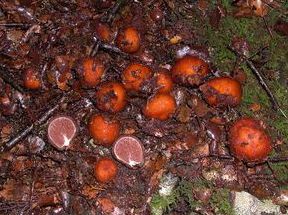

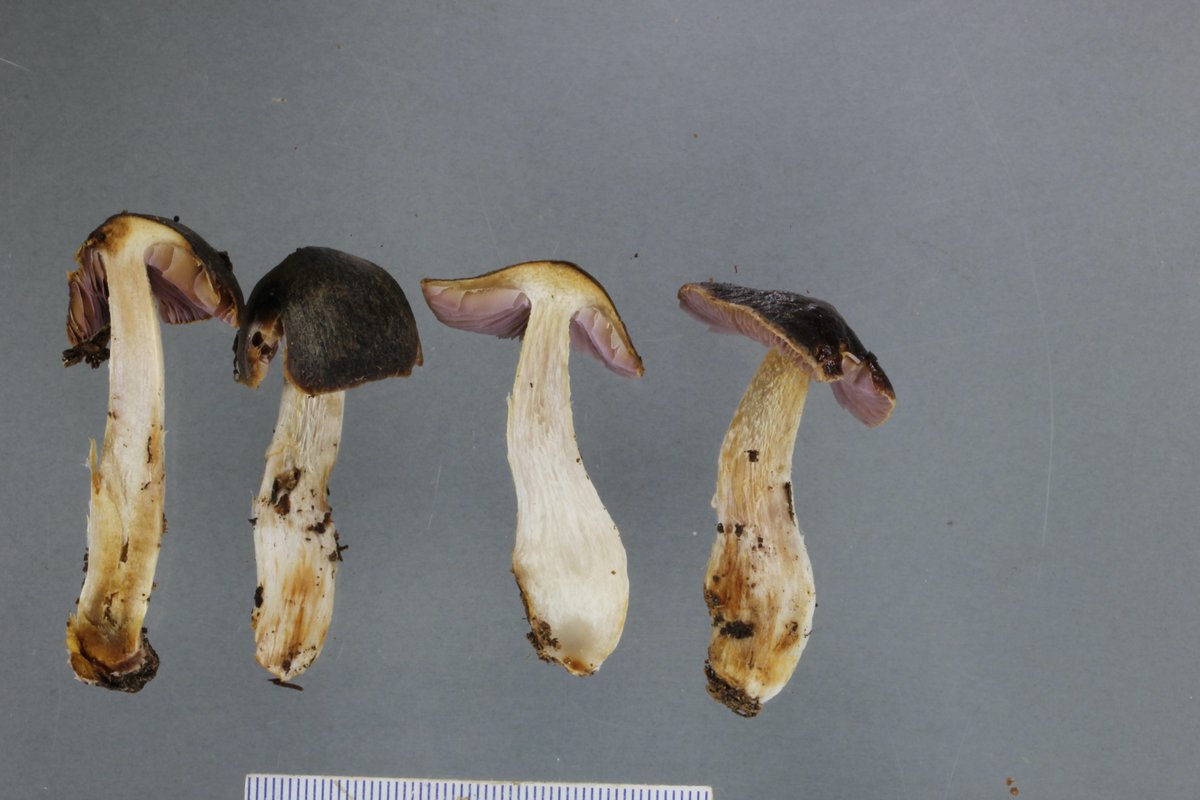
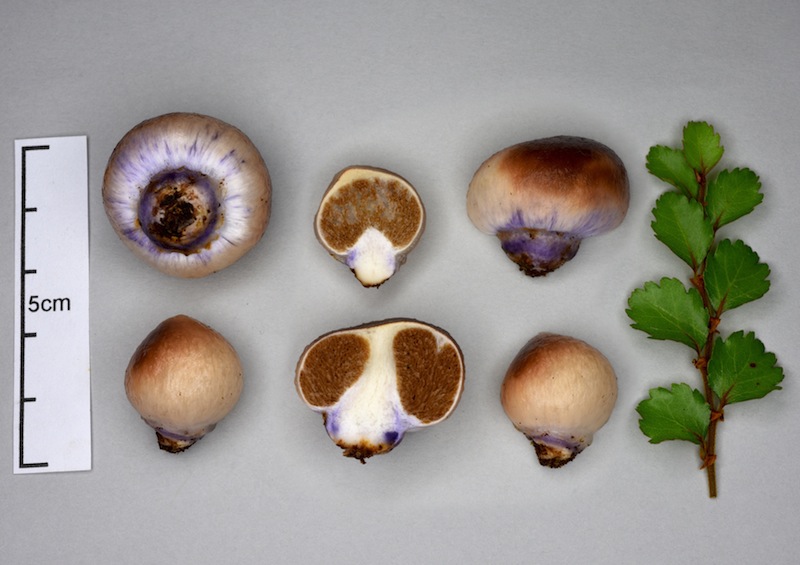
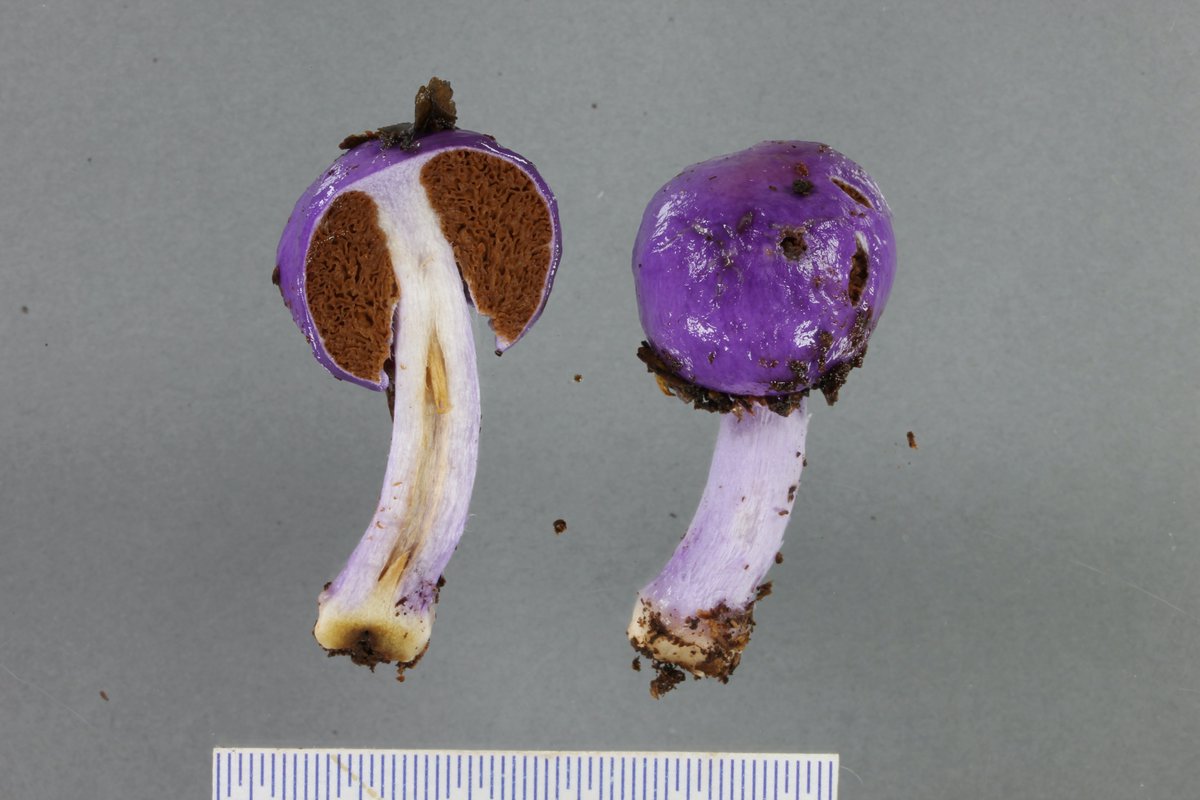
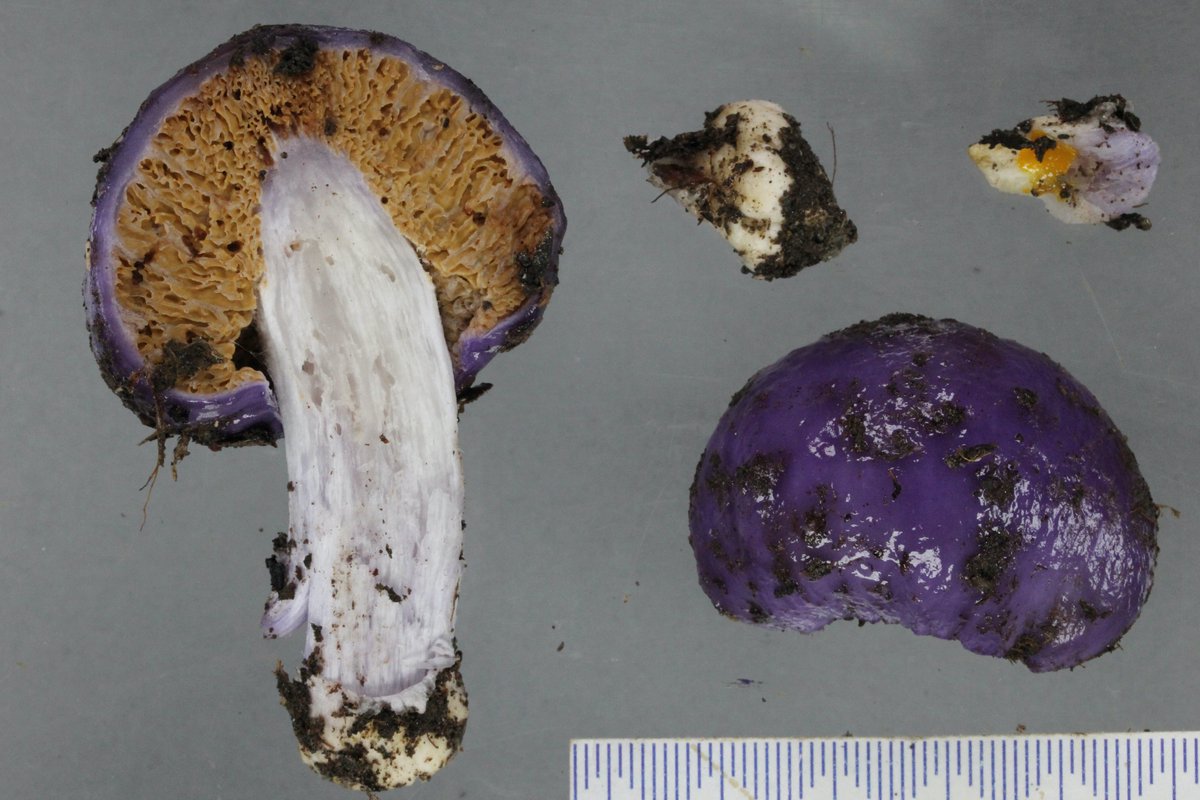


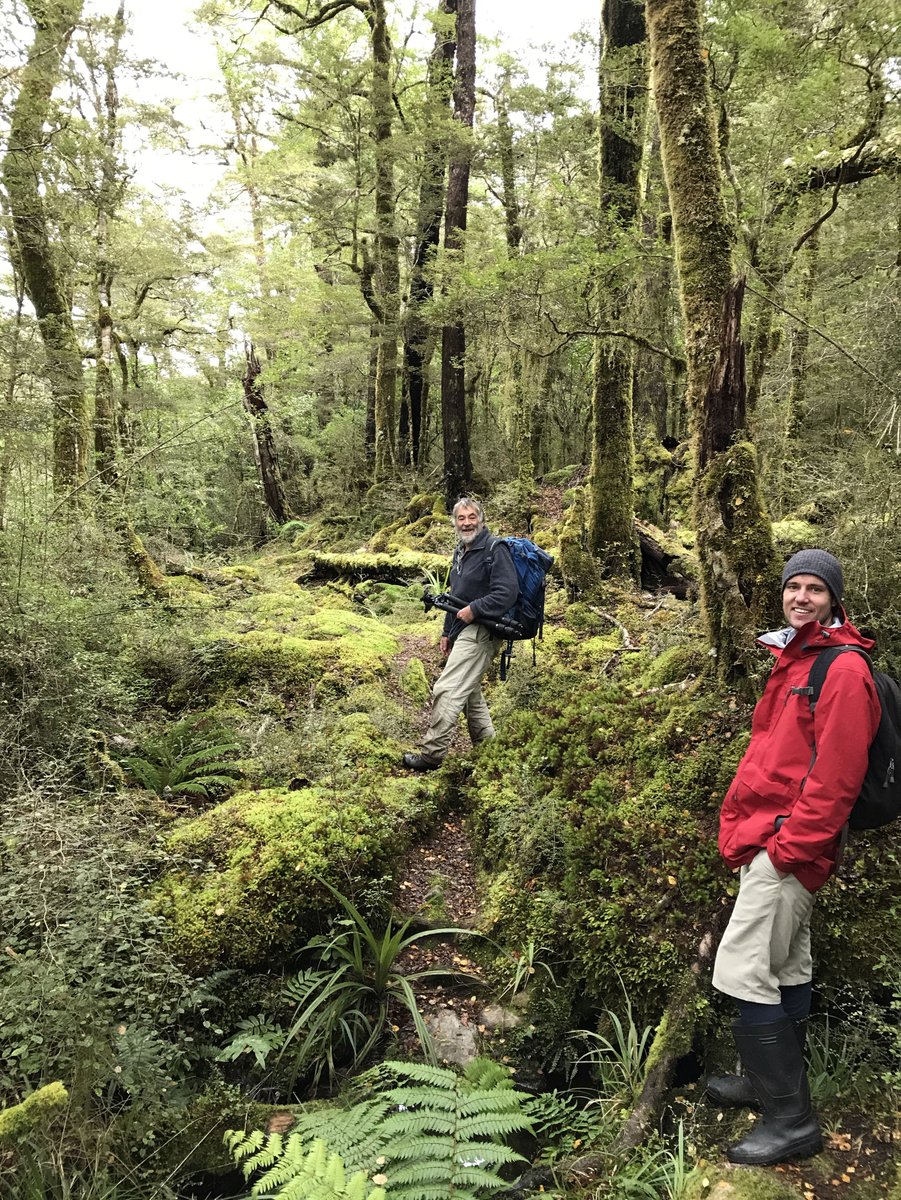

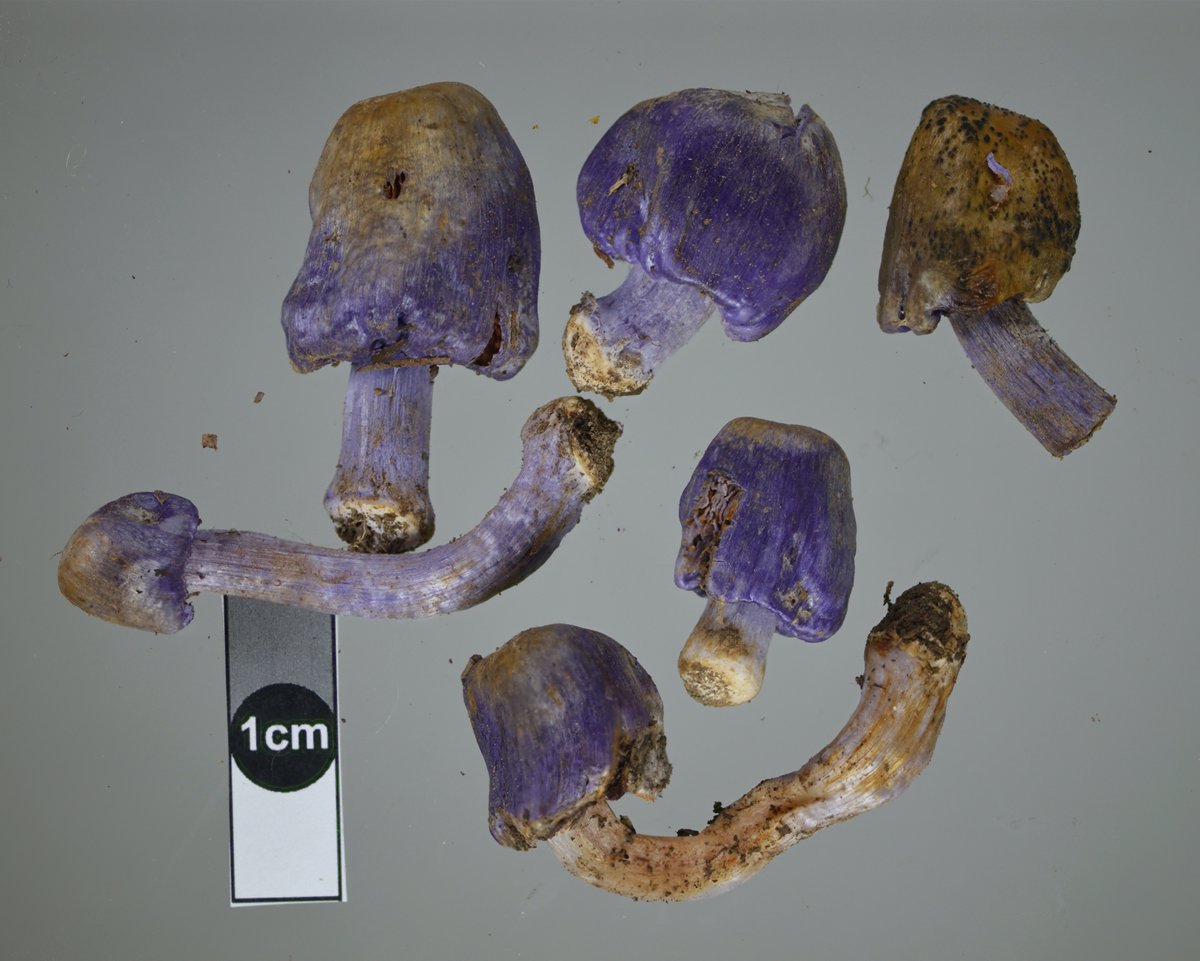
 https://abs.twimg.com/emoji/v2/... draggable="false" alt="🍄" title="Mushroom" aria-label="Emoji: Mushroom"> If you can& #39;t access the paper then dm me or my email address is pretty easy to find with google, so let me know and I will help. I& #39;ll leave you with a pic of the dreaded Amanita mascaria growing in beech forest near Queenstown—but that& #39;s another story!" title="Thank you for reading!https://abs.twimg.com/emoji/v2/... draggable="false" alt="❤️" title="Red heart" aria-label="Emoji: Red heart">https://abs.twimg.com/emoji/v2/... draggable="false" alt="🍄" title="Mushroom" aria-label="Emoji: Mushroom"> If you can& #39;t access the paper then dm me or my email address is pretty easy to find with google, so let me know and I will help. I& #39;ll leave you with a pic of the dreaded Amanita mascaria growing in beech forest near Queenstown—but that& #39;s another story!" class="img-responsive" style="max-width:100%;"/>
https://abs.twimg.com/emoji/v2/... draggable="false" alt="🍄" title="Mushroom" aria-label="Emoji: Mushroom"> If you can& #39;t access the paper then dm me or my email address is pretty easy to find with google, so let me know and I will help. I& #39;ll leave you with a pic of the dreaded Amanita mascaria growing in beech forest near Queenstown—but that& #39;s another story!" title="Thank you for reading!https://abs.twimg.com/emoji/v2/... draggable="false" alt="❤️" title="Red heart" aria-label="Emoji: Red heart">https://abs.twimg.com/emoji/v2/... draggable="false" alt="🍄" title="Mushroom" aria-label="Emoji: Mushroom"> If you can& #39;t access the paper then dm me or my email address is pretty easy to find with google, so let me know and I will help. I& #39;ll leave you with a pic of the dreaded Amanita mascaria growing in beech forest near Queenstown—but that& #39;s another story!" class="img-responsive" style="max-width:100%;"/>


